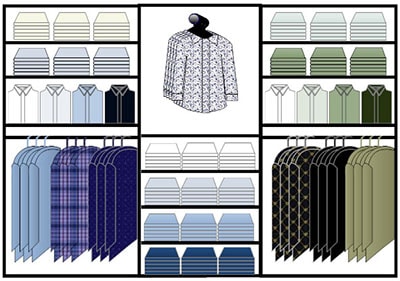

This includes the number of facings a product should have on the shelf, the altitude of product placement, and supplementary products that should surround it. Planograms allow for strategic product placement. Studies prove that even the number of products displayed has an impact on sales. You can also recognize the maximum-converting locations in your store, and you can display the products there that you want to prioritize. With this data, you can develop merchandising strategies in the future and capitalize on sales opportunities. Using planograms in your store merchandising process is the best way to test and extract valuable insights on customer behaviors inside your store and how your product displays works. Maximizing your sales and effectively using your retail space are the two significant aspects in which planogram benefits your retail business. Larger retailers with multiple products and brands form various suppliers generally use planograms with accurate shelf analysis to fill the store. You also know where everything is located in your store. In addition to visual merchandising, planograms help in managing inventories with accurate replenishments. To put it simply, a planogram is a schematic representation of your store layout with detailed attention to product placements based on sales data and customer behavior studies. From creating a perfect footpath for customers that impacts sales to product placement in your retail shelves, planograms can help you hit the right spots. It may look like a simple task, but there are a lot of details that can affect the purchase outcome.

Planning your retail space is as crucial as any effort to make your retail business successful.


 0 kommentar(er)
0 kommentar(er)
